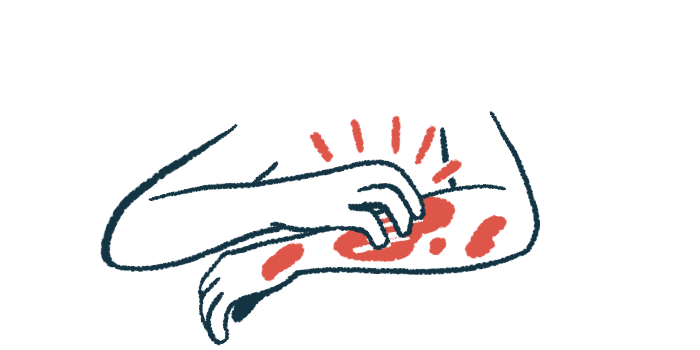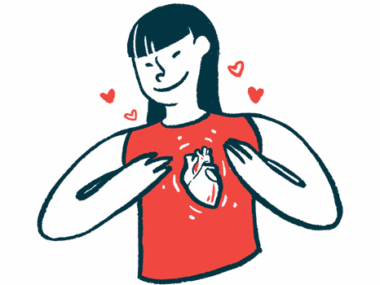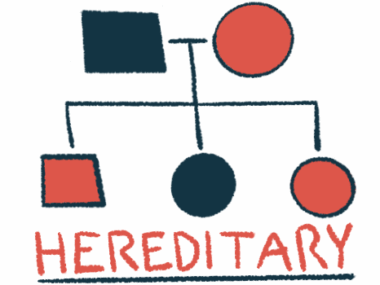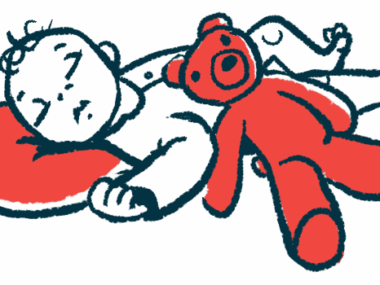Bylvay eases itching in episodic PFIC1, boosting daily life: Study
All 6 patients experienced marked or partial improvement
Written by |

Bylvay (odevixibat) eased pruritus — itching — during episodes of progressive familial intrahepatic cholestasis (PFIC) type 1 caused by mutations in both copies of the ATP8B1 gene, allowing patients to return to their normal daily activities, according to a study.
Of six patients who experienced at least 35 such episodes over 15 years, four experienced marked improvements, including complete resolution of symptoms within a few weeks after starting treatment with Bylvay. The other two had partial improvement. However, five of the six experienced new episodes later on.
Still, Bylvay “made the symptoms less intense during a flare-up, allowing these patients to sleep better or resume activities in their daily lives,” researchers wrote in “Odevixibat for Episodic Intrahepatic Cholestasis due to Biallelic Mutations in ATP8B1: A Case Series,” which was published in Liver International.
In PFIC1, cholestasis caused by mutations in ATP8B1 gene
PFIC is marked by cholestasis — a slowing or stalling of the flow of bile, a digestive fluid, from the liver to the intestines. When bile builds up, it damages the liver and leaks into the bloodstream, causing pruritus and other symptoms.
Cholestasis can present in different forms, ranging from occasional episodes to recurrent or long-term progressive disease, as seen in PFIC. In PFIC type 1 (PFIC1), cholestasis is caused by mutations in the ATP8B1 gene that lead to a faulty or abnormally short protein. This protein is thought to play a role in the transport of fat-digesting acids, called bile acids, into bile. Without a functional version, bile acids build up to toxic levels in the liver.
In a study funded by Albireo, which developed Bylvay before being acquired by Ipsen, the researchers described the cases of six patients — five males and one female — who experienced episodes of PFIC1. Age at diagnosis ranged from 3 months to 19 years, and age at last data collection ranged from 12 to 56 years
All participants were treated with Bylvay, which is approved for treating pruritus associated with PFIC in patients as young as 3 months in the U.S. and patients 6 months and older in the European Union. Bylvay doses ranged from 28 micrograms/kg to 120 micrograms/kg per day, which is at or under the advised maximum dose.
“Because not all patients with episodic disease have a benign [not harmful] disease course (e.g., certain patients have episodes occur near continuously with no asymptomatic periods or develop advanced liver disease), … the term ‘episodic PFIC1’ may more accurately reflect what is encountered in clinical practice,” the researchers wrote.
All patients were able to return to normal activities after starting Bylvay
The six patients carried mutations in both copies of the ATP8B1 gene. These mutations affect how the liver handles bile. The study focused on how these patients responded to Bylvay, which works by blocking a transporter in the gut that’s responsible for reabsorbing bile acids, helping to reduce bile acid levels in the body.
Before treatment, all six patients had high levels of bile acids in their blood during flare-ups, which made pruritus severe. This disturbed their sleep and mood, lowering their quality of life. Five patients started taking Bylvay during a flare-up, while one started the treatment as a preventive step before symptoms appeared.
After starting Bylvay, four patients experienced marked improvement, and two had some improvement. Half of the patients quickly showed lower bile acid levels in their blood. In general, reductions in blood bile acid levels were observed within 1 to 3 months of an episode, regardless of whether Bylvay was taken continuously or only during an episode.
All patients had improved pruritus and resumed daily activities. Subsequently, patients either stopped treatment after the disappearance of cholestasis or continued treatment.
Other benefits included reductions in markers of liver damage in most participants, as well as better mental health, with a positive impact on school attendance and engagement in sports.
All six patients had less itching and were able to return to normal daily activities.
“All patients had improved pruritus and resumed daily activities. Subsequently, patients either stopped treatment after the disappearance of cholestasis or continued treatment,” the researchers wrote.
Notable limitations to this case series, according to the team, included gaps in the patients’ medical history, the variable doses and duration of treatment with Bylvay, and the lack of quantitative assessments of itching.
“Overall, a majority of patients did not report side effects,” the scientists wrote. “These results suggest that further evaluation of [Bylvay] in patients with episodic forms of [intrahepatic cholestasis] is warranted in future studies.”








